Intro
Discover 5 uses of Norvasc, a calcium channel blocker, for managing hypertension, angina, and coronary artery disease, while also exploring its benefits in reducing cardiovascular risk and improving overall heart health.
The importance of managing hypertension and cardiovascular health cannot be overstated. High blood pressure is a significant risk factor for heart disease, stroke, and kidney disease, making it crucial to find effective treatments. One medication that has been widely used to treat hypertension and other cardiovascular conditions is Norvasc, also known as amlodipine. Norvasc belongs to a class of medications known as calcium channel blockers, which work by relaxing blood vessels and increasing blood flow to the heart. In this article, we will explore the various uses of Norvasc, its benefits, and how it works to improve cardiovascular health.
Norvasc has been a cornerstone in the treatment of hypertension for many years, and its effectiveness has been well-documented in numerous clinical trials. By lowering blood pressure, Norvasc reduces the risk of heart attack, stroke, and other cardiovascular events. Additionally, Norvasc has been shown to have beneficial effects on cardiovascular health beyond just lowering blood pressure, making it a valuable treatment option for patients with various cardiovascular conditions. With its proven track record and relatively mild side effect profile, Norvasc remains a popular choice among healthcare providers for managing hypertension and other cardiovascular diseases.
The mechanism of action of Norvasc involves the inhibition of calcium ion influx into vascular smooth muscle cells and cardiac muscles. This inhibition leads to a decrease in arterial resistance and an increase in cardiac output, resulting in a lowering of blood pressure. Furthermore, Norvasc has been shown to have anti-atherosclerotic effects, which can help to slow the progression of atherosclerosis and reduce the risk of cardiovascular events. With its unique mechanism of action and beneficial effects on cardiovascular health, Norvasc has become a widely used medication for the treatment of hypertension and other cardiovascular conditions.
What is Norvasc Used For?
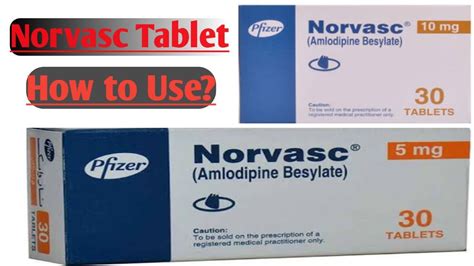
Benefits of Norvasc
The benefits of Norvasc are numerous, and it has been shown to be effective in reducing blood pressure and improving cardiovascular health. Some of the key benefits of Norvasc include: * Lowering blood pressure: Norvasc has been shown to be effective in lowering blood pressure in patients with hypertension. * Reducing cardiovascular risk: By lowering blood pressure, Norvasc can help to reduce the risk of heart attack, stroke, and other cardiovascular events. * Improving cardiovascular health: Norvasc has been shown to have beneficial effects on cardiovascular health, including reducing the progression of atherosclerosis and improving cardiac output. * Reducing angina symptoms: Norvasc can help to reduce the frequency and severity of angina symptoms in patients with coronary artery disease.How Does Norvasc Work?
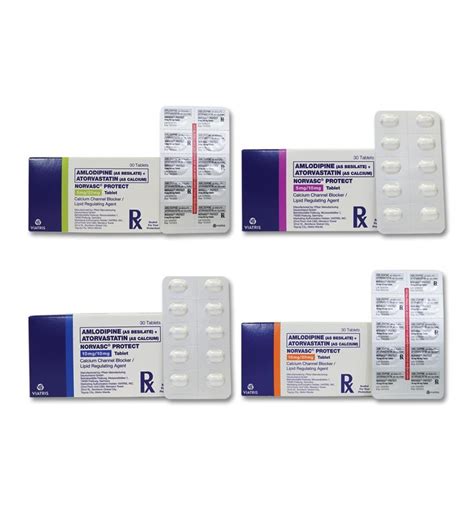
Steps to Take Norvasc
To get the most benefit from Norvasc, it is essential to take it as directed by your healthcare provider. Here are some steps to follow: 1. Take Norvasc once a day, with or without food. 2. Swallow the tablet whole, do not crush or chew it. 3. Take Norvasc at the same time every day to maintain a consistent level of the medication in your blood. 4. Do not stop taking Norvasc without talking to your healthcare provider, as this can lead to a rebound effect and increase the risk of cardiovascular events.Side Effects of Norvasc
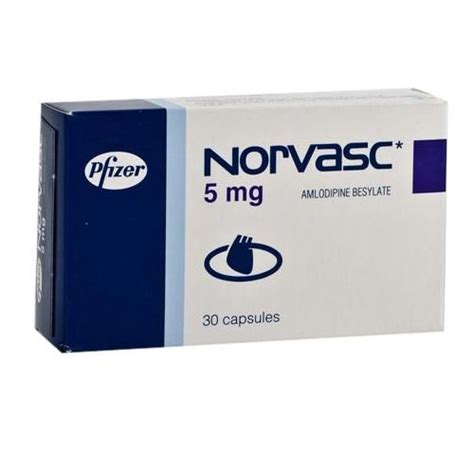
Interactions with Other Medications
Norvasc can interact with other medications, including: * Other blood pressure medications * Cholesterol-lowering medications * Anti-arrhythmic medications * Antibiotics * Antifungals It is essential to tell your healthcare provider about all the medications you are taking, including prescription and over-the-counter medications, to avoid any potential interactions.Precautions and Warnings
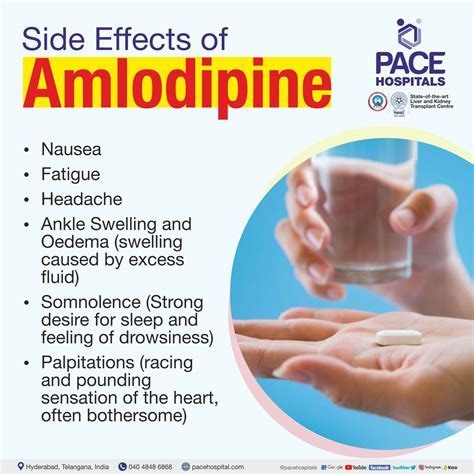
Special Considerations
Some special considerations to keep in mind when taking Norvasc include: * Pregnancy and breastfeeding: Norvasc should be used with caution in pregnant and breastfeeding women, as it can cause fetal harm and affect milk production. * Pediatric use: Norvasc is not recommended for use in children, as its safety and effectiveness have not been established in this population. * Geriatric use: Norvasc should be used with caution in older adults, as they may be more sensitive to its effects.Conclusion and Next Steps
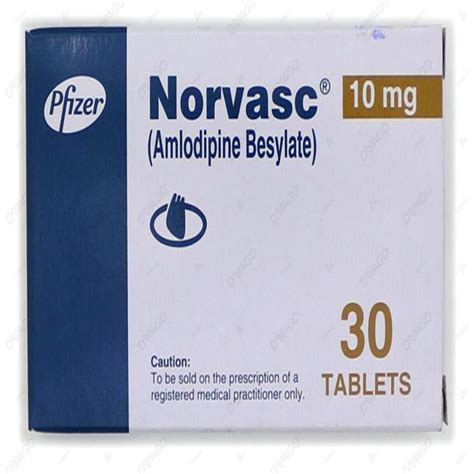
We invite you to share your thoughts and experiences with Norvasc in the comments section below. Have you taken Norvasc for hypertension or other cardiovascular conditions? What were your experiences with the medication? Share your story and help others who may be considering Norvasc as a treatment option.
What is the usual dosage of Norvasc?
+The usual dosage of Norvasc is 5-10 mg once daily, with a maximum dose of 10 mg per day.
Can I take Norvasc with other medications?
+Yes, but you should talk to your healthcare provider before taking Norvasc with other medications, as it can interact with certain medications and cause adverse effects.
What are the common side effects of Norvasc?
+The common side effects of Norvasc include headache, dizziness, fatigue, nausea, and edema. If you experience any of these side effects, talk to your healthcare provider.
